Architects: Want to have your project featured? Showcase your work through Architizer and sign up for our inspirational newsletters.
Architects are constantly finding inspiration in science fiction novels and dystopic settings, especially when it comes to facing issues of climate change on our atrophying planet. These seven architectural projects might be set in rather inhospitable environments, desert mountains, subterranean landscapes and even extraterrestrial settings. Ironically, they are among the strongest advocates of harmonious and spiritual relationships between a planet and its inhabitants.
Similar to how planet Dune, a hostile desert wasteland, is the source of all “spice,” the most precious terrestrial element in Frank Herbert’s universe, these projects touch upon related themes of sustainability and morality towards planetary ecologies, acknowledging that even in their most inhospitable form, those ecosystems should be treasured.
Eye of Erhai Lake
By QINGMO Architects, China
Popular Winner, 2022 A+Awards, Cultural – Unbuilt
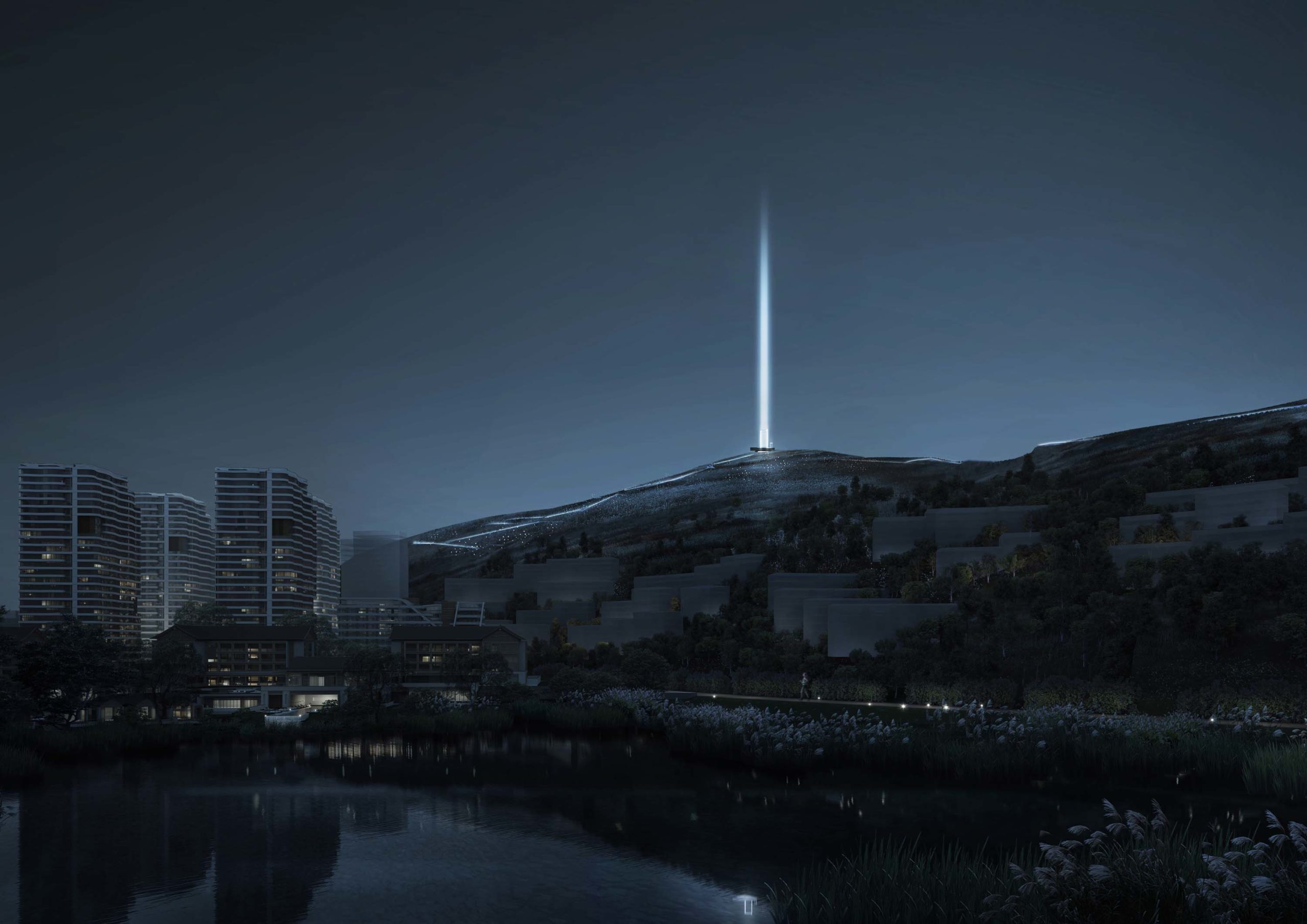
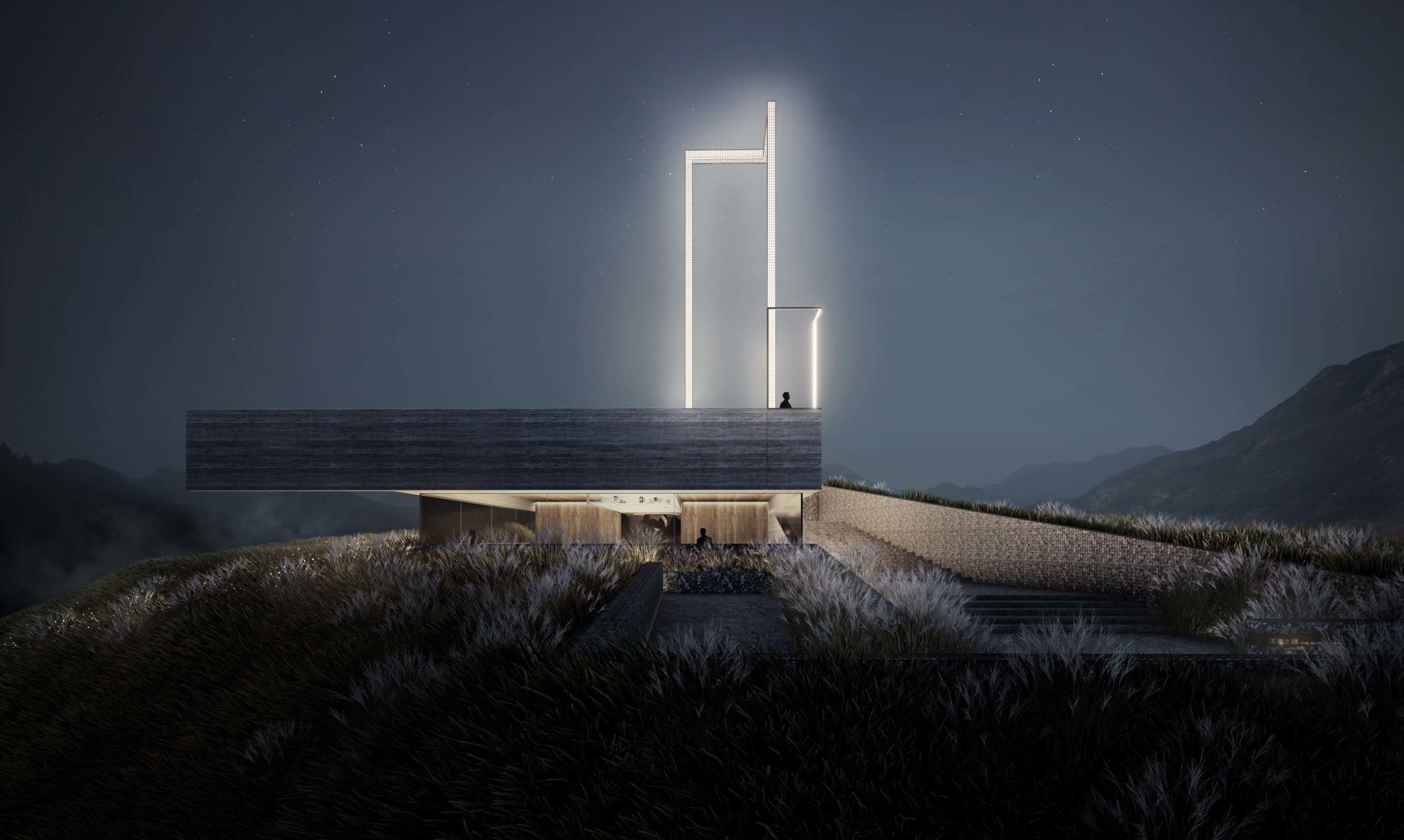
Speaking of ecological desert spectacles, the “Eye of Erhai Lake” is a lookout platform at the top of the Tiejia mountain in China that celebrates the scenery and purity of the sky above it. An illuminated, high scale door frame draws back the focus towards the disregarded landscape in an attempt to reconnect the neighboring town with its surrounding topography. In short, by simply manipulating the proportions and properties of a conventional doorframe, QINGMO Architects have managed to elevate a common architectural typology to a spiritual, natural landmark for the inhabitants of the Dali Peace Valley.
Forgotten Knowledge
By ARC- Ashkan Rafiey, Iran
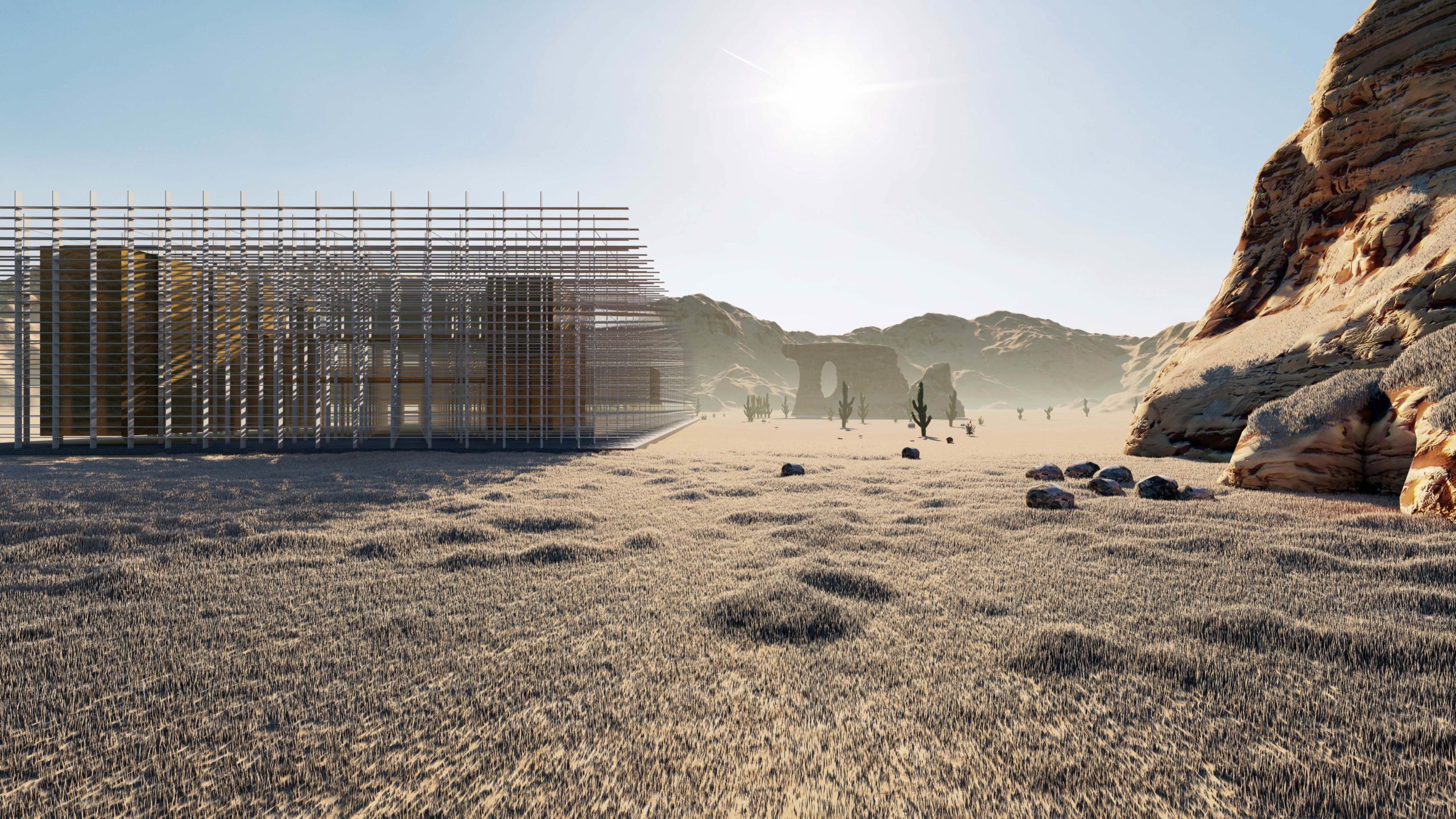

Located in Iran, the project “Forgotten Knowledge” showcases a library in Lut Desert. According to its creator, the library becomes “the embodiment of the untouched moral of the universe.” The project utilizes the “shelf” as the primary building typology. It holds ancient, local manuscripts found in neighboring towns.
The library’s placement is not arbitrary. This extreme contradiction between a barren, deserted terrain and a “spiritual” architectural space carefully considers the relationship between human inhabitation and unspoiled planetary landscapes. It promotes a synergistic mode of living.
Museum of Life
By Davood Boroojeni Office, Urmia, Iran
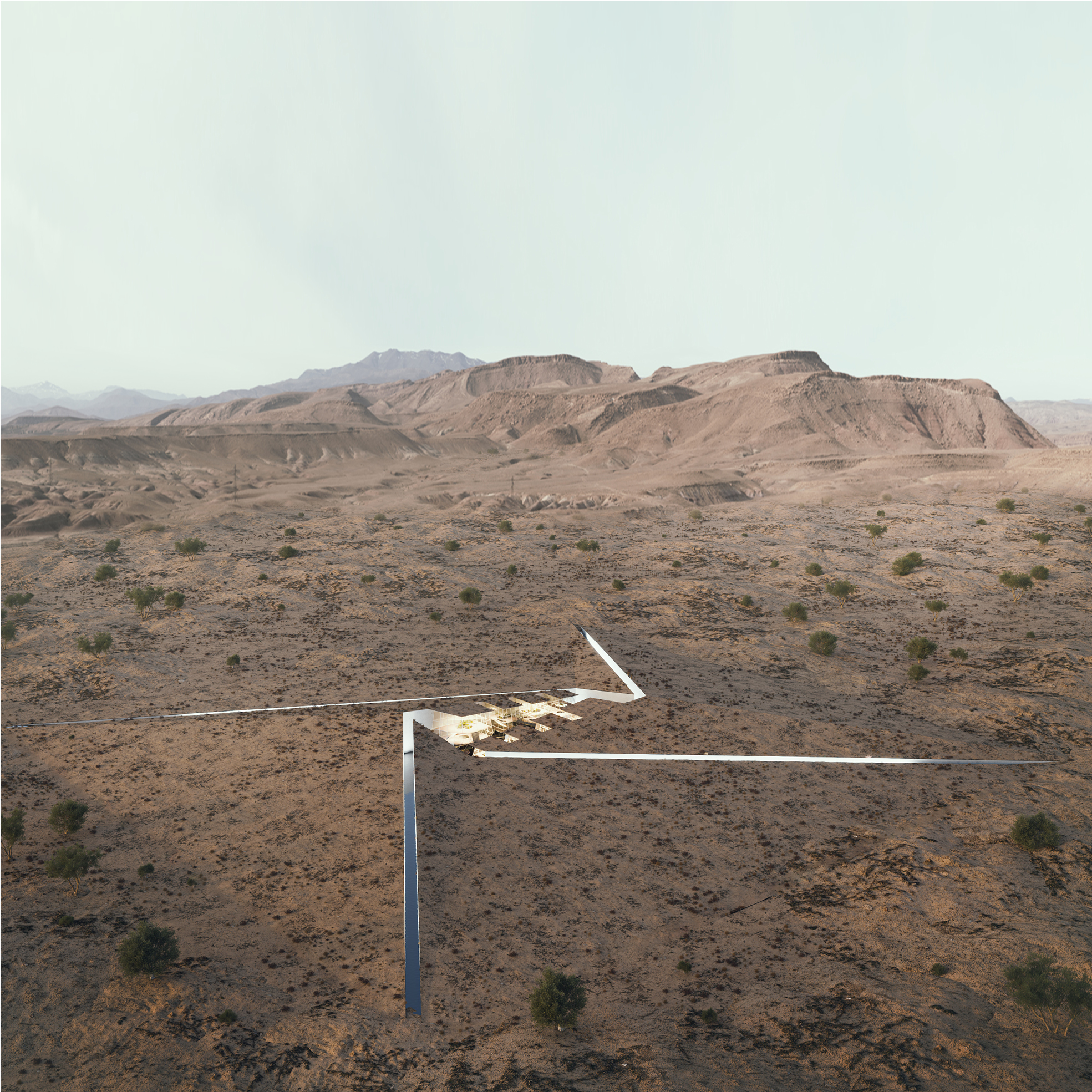
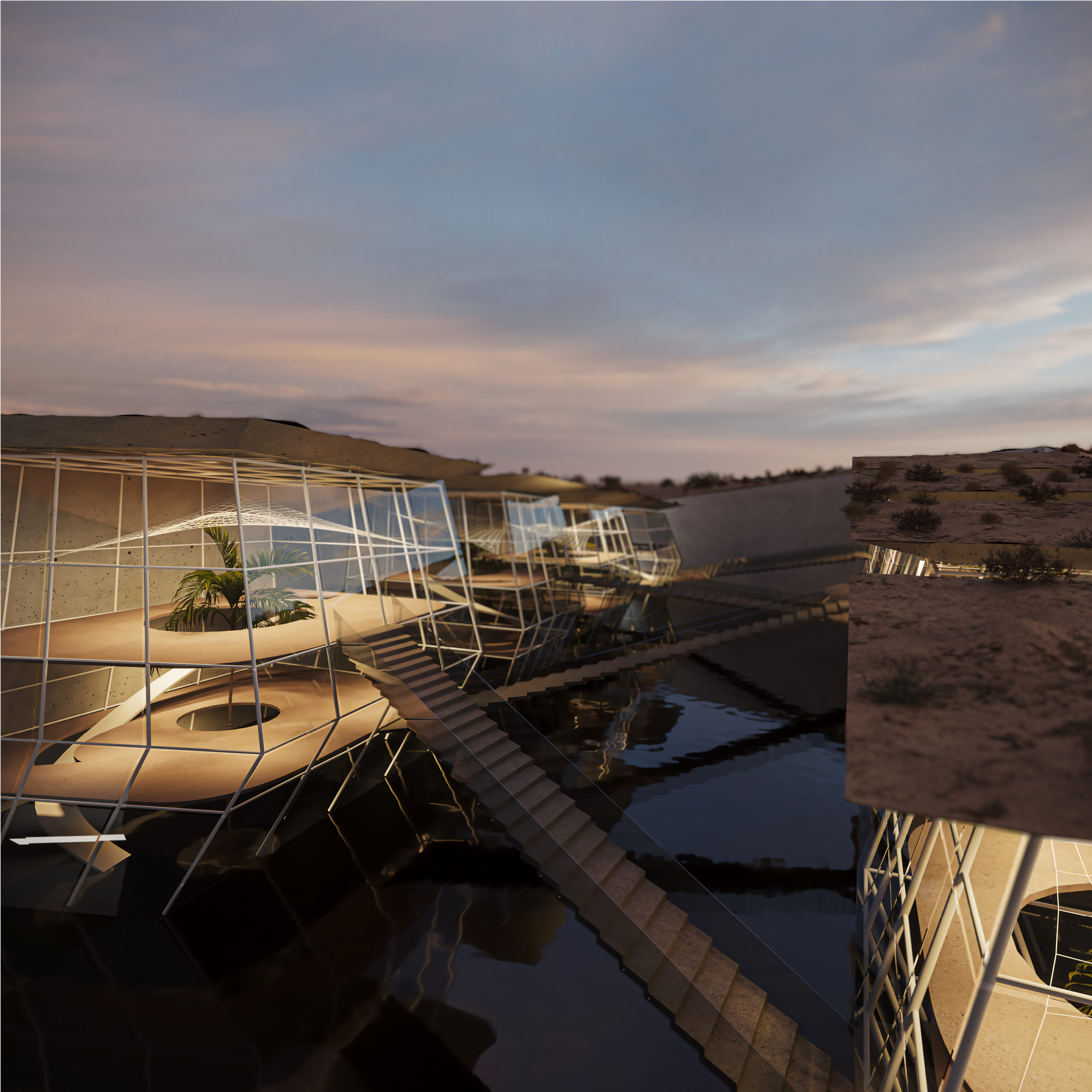 Also set in Iran, this time in a fictional setting, this project showcases the completely dried up Urmia lake. There, the “Museum of Life” acts as a statement for the climatological crisis our planet currently faces. The museum structure is carved into the ground. It holds the last remaining water of the lake and a big organism bank to, one day, restore the Earth’s ecosystem. Operating within this future desert landscape this architectural project tackles issues of sustainability, raises climate change awareness and explores the relationship between architecture and ecology.
Also set in Iran, this time in a fictional setting, this project showcases the completely dried up Urmia lake. There, the “Museum of Life” acts as a statement for the climatological crisis our planet currently faces. The museum structure is carved into the ground. It holds the last remaining water of the lake and a big organism bank to, one day, restore the Earth’s ecosystem. Operating within this future desert landscape this architectural project tackles issues of sustainability, raises climate change awareness and explores the relationship between architecture and ecology.
ROMA
By Mahdi Eghbali, The Moon
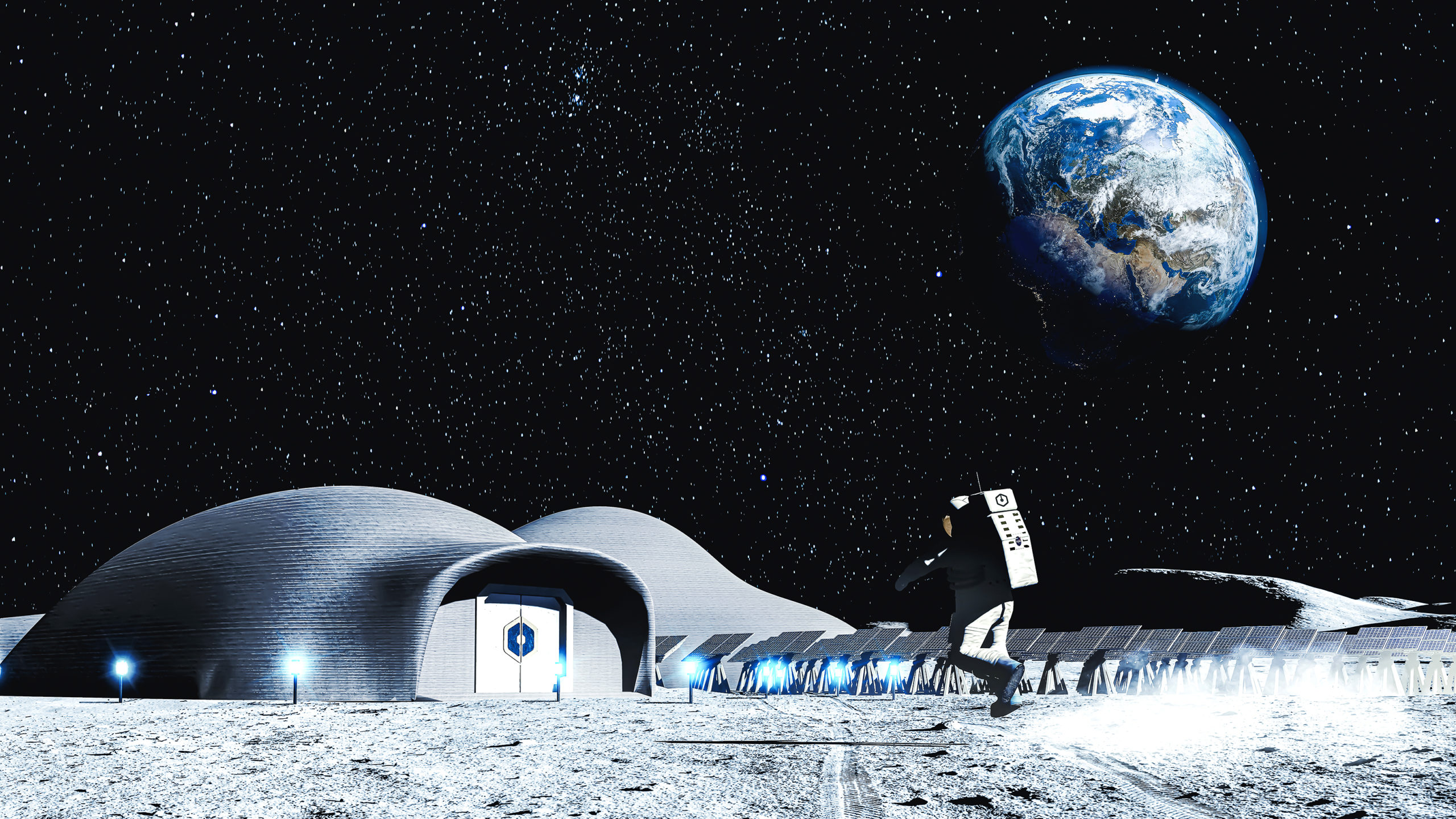
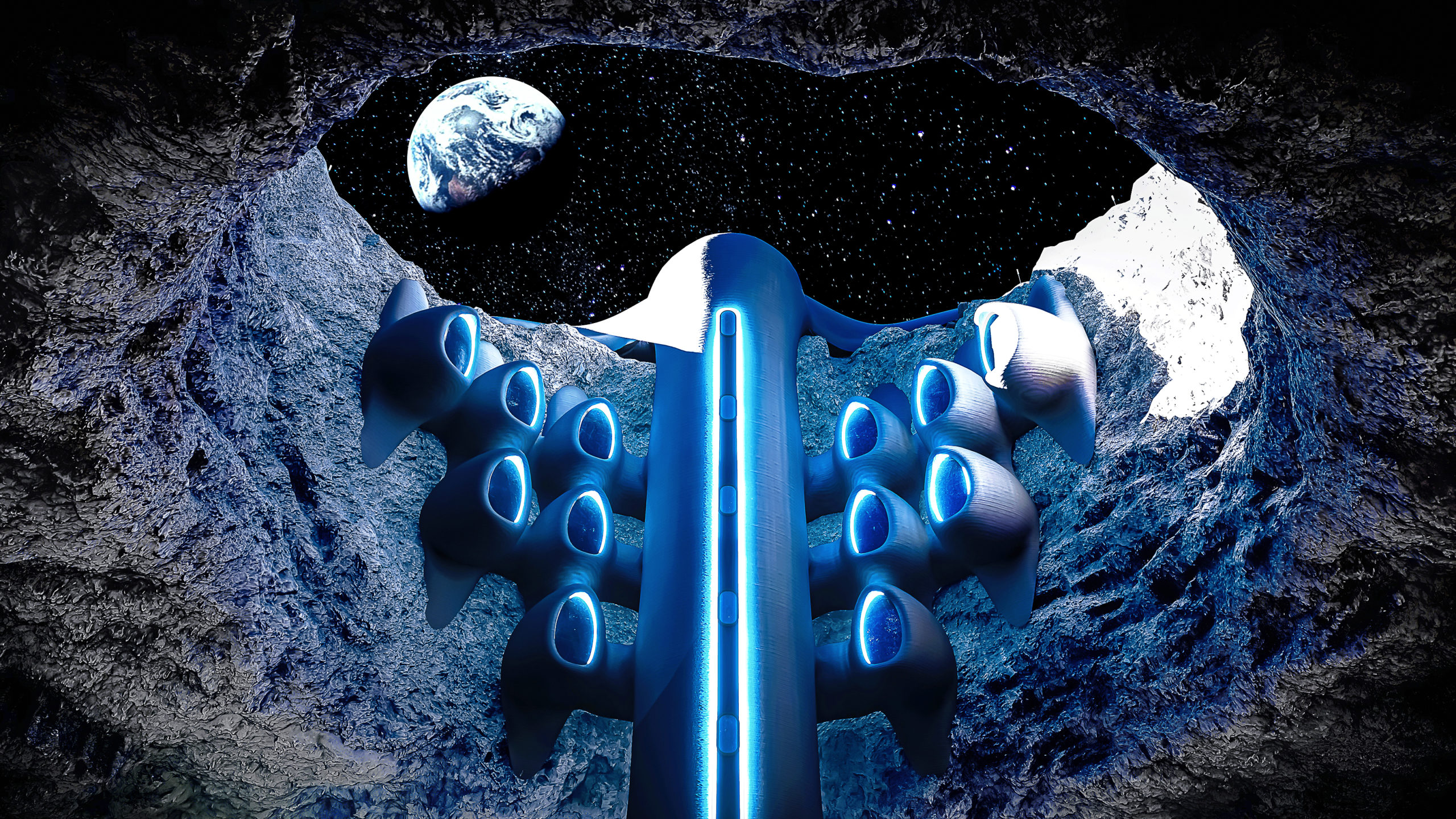
What happens after all of Earth’s resources run out? This next project dives deep into the issues of planetary ecosystems and architectural intervention. Using science fiction as a conceptual tool, ROMA is a village located 260 feet below the surface of the moon, operating as a research facility for extraterrestrial modes of living.
For economical and resource-efficiency purposes, the project would be realized through 3D printing technologies. It uses the lunar soil as the primary building material. ROMA meticulously explores future potential settlement schemes using sustainable construction practices. Its ultimate purpose being to improve the life quality of future generations whilst valuing the planetary resources available.
GENESIS v.2
By Genesis Design Studio, Planet Mars
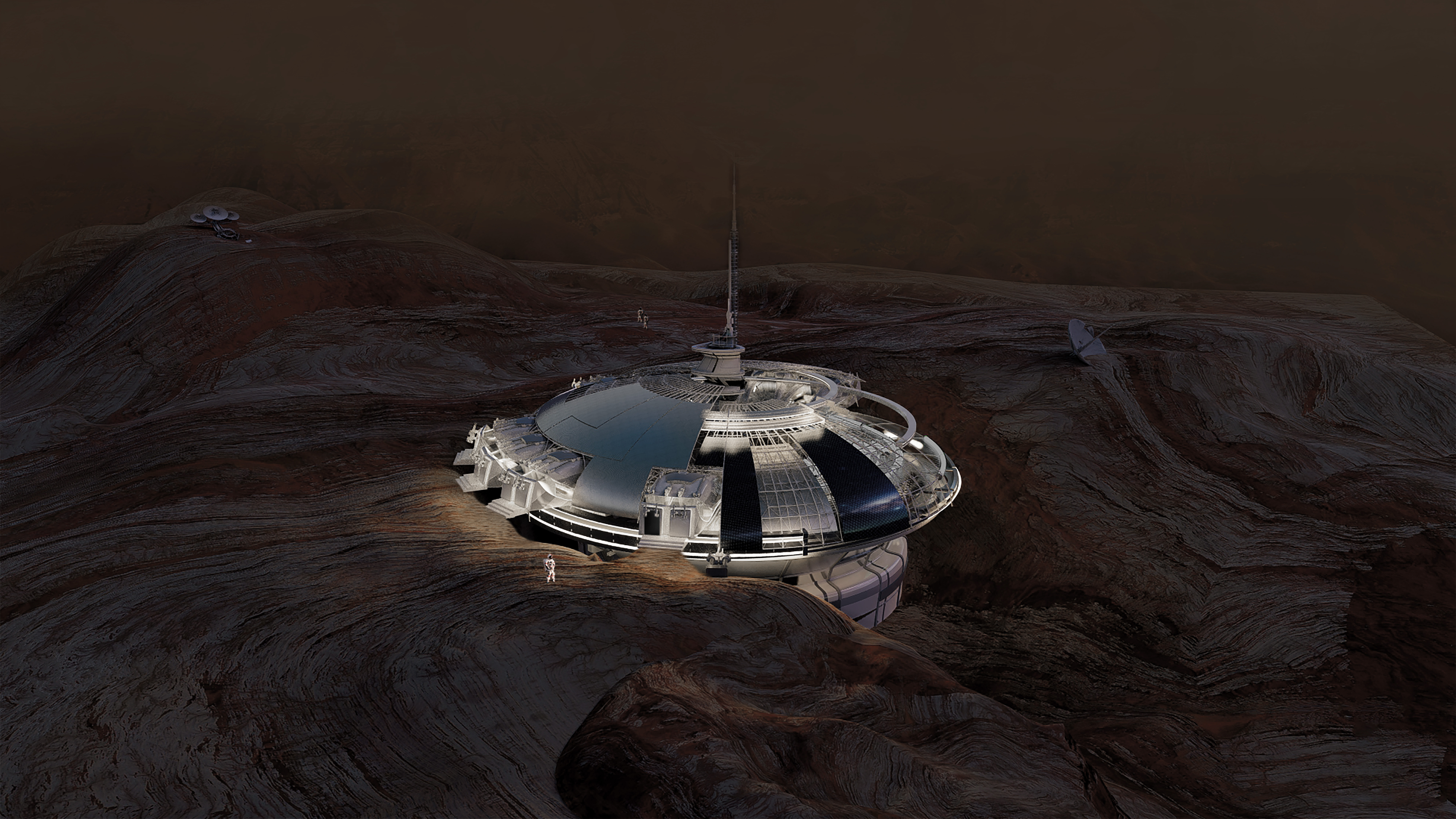
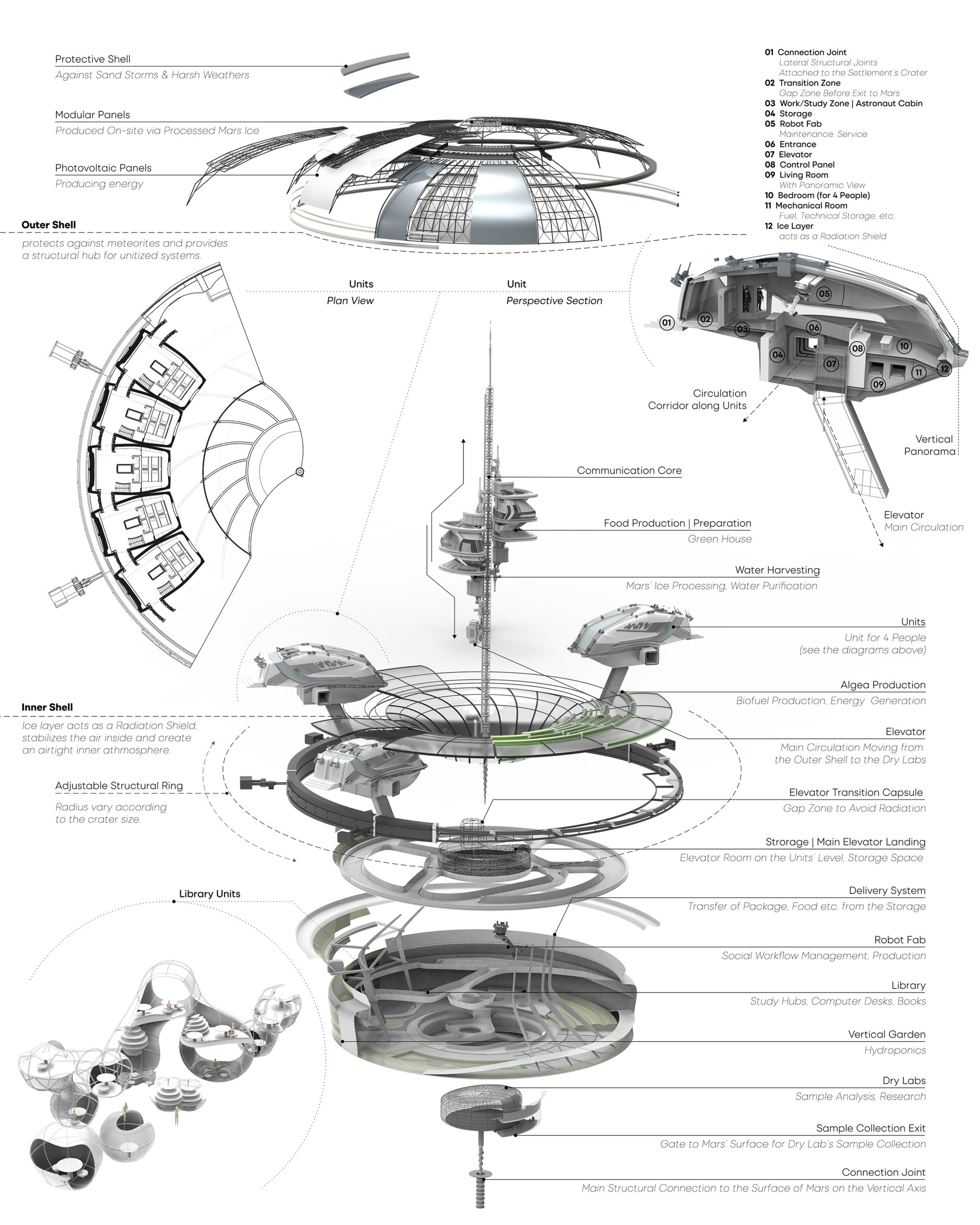
When it comes to environmental degradation scenarios and science fiction architecture, space colonization goes hand in hand with planet Mars. GENESIS v.2 is a housing project that embodies a sustainable settlement scheme for the popularization of the Red Planet. This design proposal places this adaptable housing structure within Mars’s natural craters, thus becoming an advocate for minimizing human footprint. It aims at balancing the circle of production and consumption within a planetary ecosystem.
The project acts as a critique towards the human-caused climate change crisis and proposes an expandable design prototype that respectfully utilizes Mars’s natural terrain. In other words, GENESIS v.2 unlocks a second chance for humanity’s survival.
Martian Habitat
By Freedomes, Wadi Rum Village, Jordan
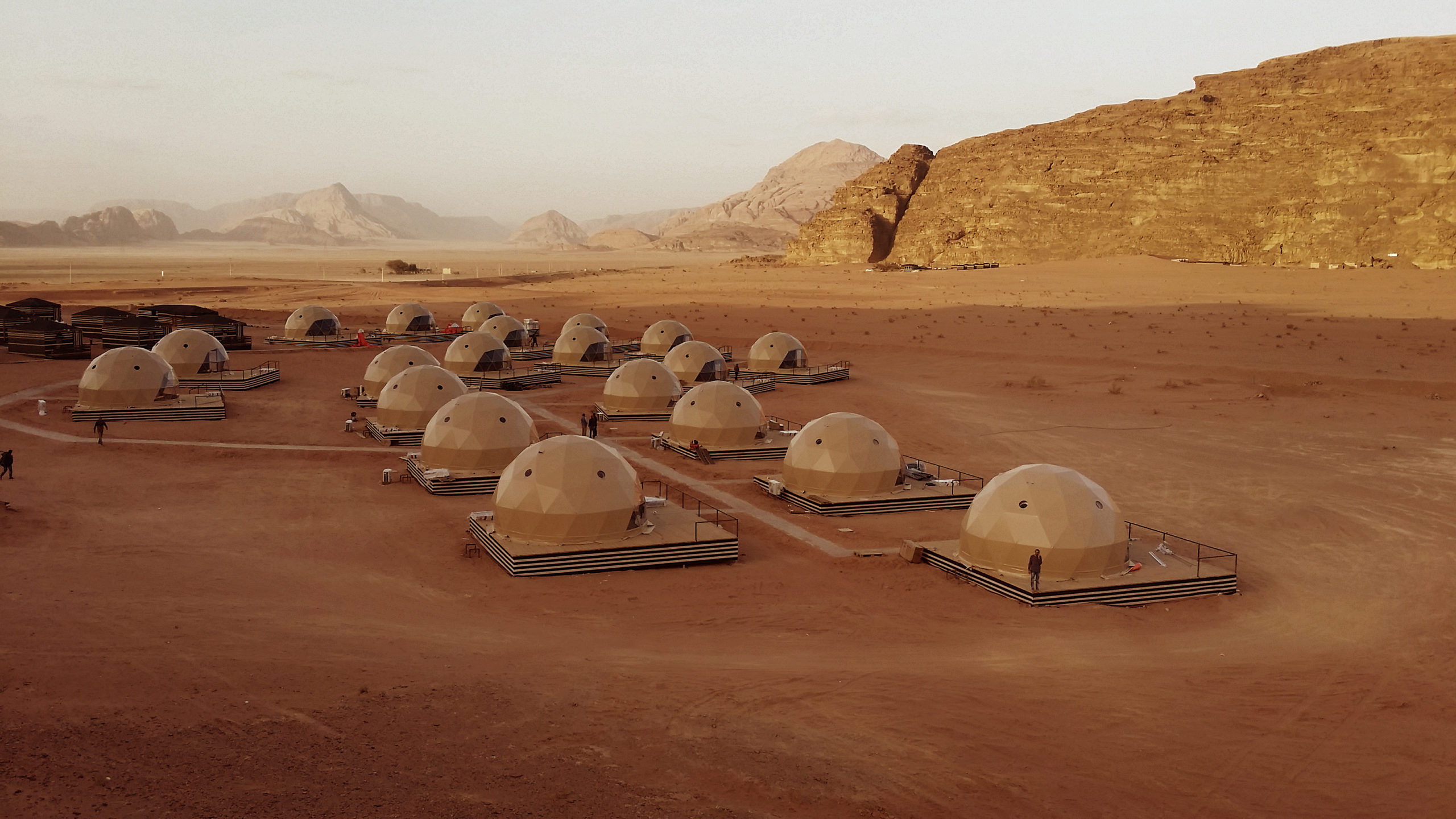
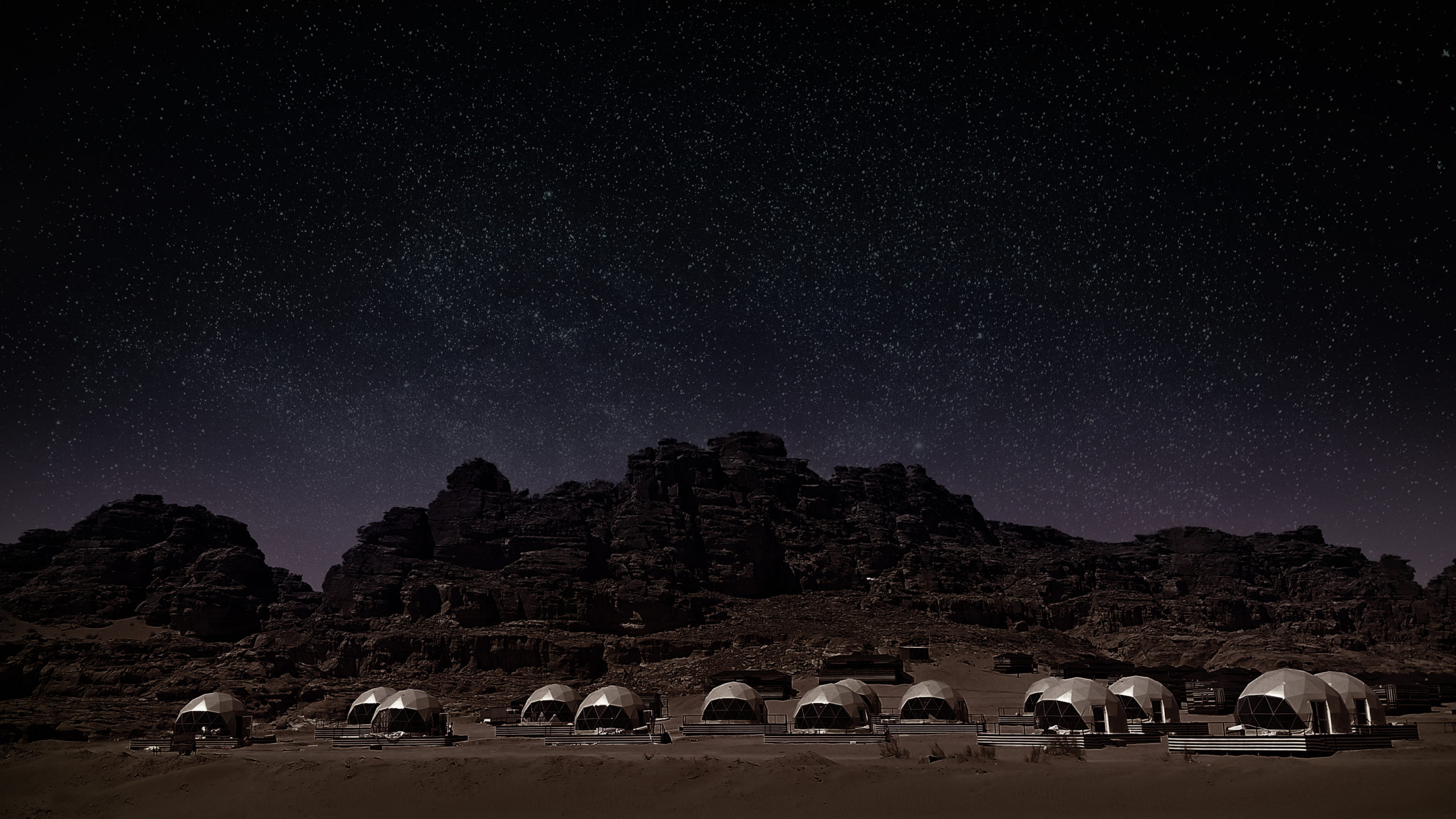
Martian Habitat by Freedomes, Wadi Rum Village, Jordan
Of course, space colonization is not only found in science fiction films and conceptual architectural projects set on other planets. The Wadi Rum grand desert in Jordan was known for being the setting of the popular film “The Martian”. Nowadays, it has been converted into a hotel development. The SunCity Camp offers all types of panoramic desert views while staying in luxurious geodesic “Martian” domes. By promoting entertainment over functionality, this project resembles a radical commercialization of a much larger climate change issue. Still, becoming such a popular destination ultimately shows ways of appreciating and utilizing even the most uninhabitable terrains without deeming it necessary to destroy them.
Al Dana Amphitheatre
By S/L Architects, Bahrain
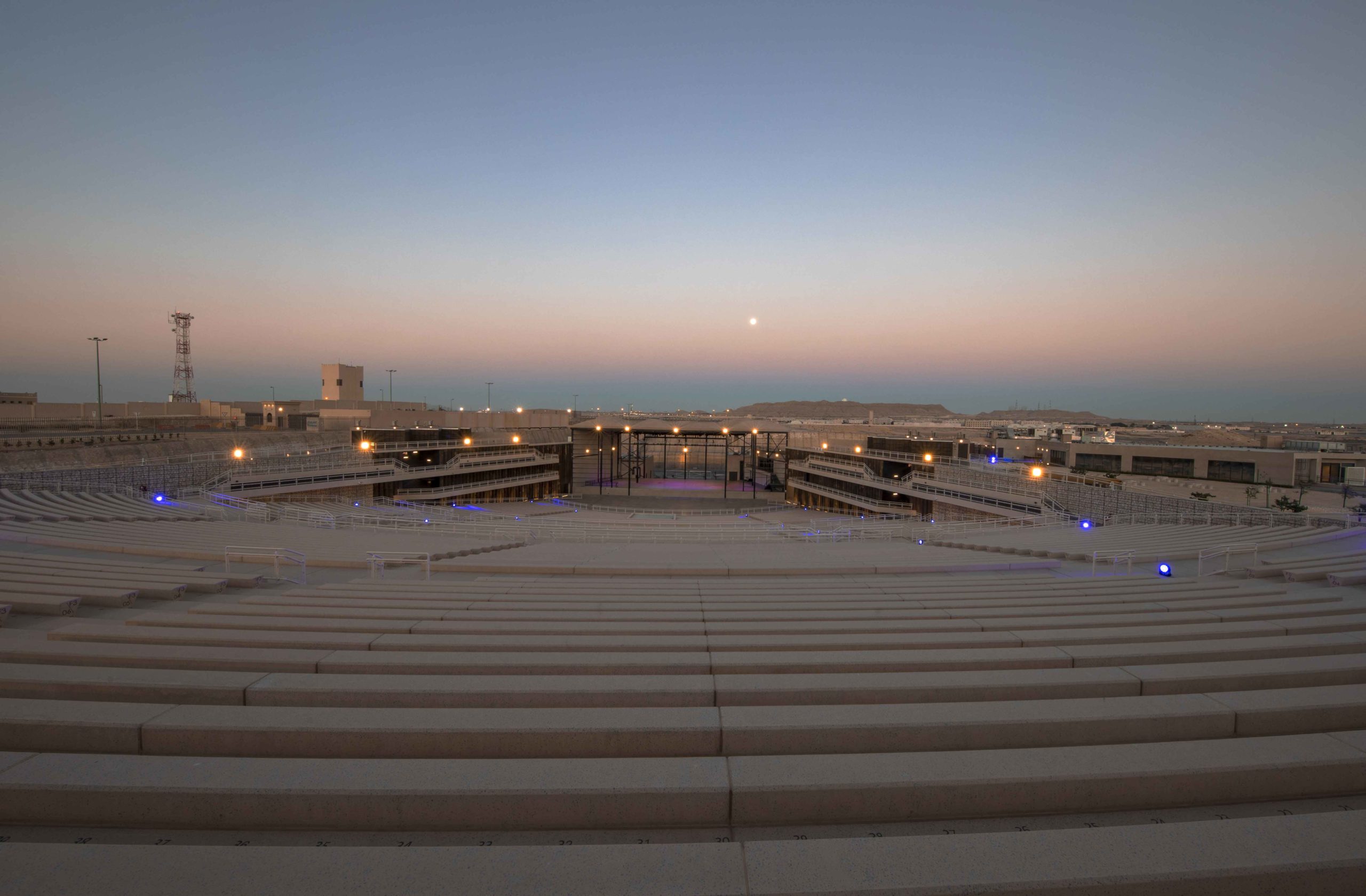
“Jebel al-dukhan” or “smoke mountain” is the backdrop as well as the guiding force for the Al Dana Amphitheatre design. Almost as if carved out of the earth, this open-air musical theatre draws inspiration from the desert itself.
Sun and wind paths along with the landscape’s morphology shape the formation, positioning and materiality of the project, to achieve a seamless integration with the surrounding terrain. Natural materials such as quarried limestone, boulders and Tyrolean wall finishes are consistent throughout all spaces of the theatre, rightfully turning it into a project of nature. The Al Dana Amphitheatre celebrates the “adverse” landscape conditions of its setting, becoming a true cultural and natural landmark for the Kingdom of Bahrain.
Each of these projects deals with questions on how we should inhabit our planet(s). Some of them act as symbolic gestures towards our fading ecosystems. For others, this ecological urgency becomes a source for commercialization. Some are set in dystopic settings, working hard towards restarting the planet and others have abandoned the Earth altogether to start anew. Their only mutual element is a vacant desert landscape that continuously challenges them to invent new, ecologically sustainable modes of inhabitation.
Architects: Want to have your project featured? Showcase your work through Architizer and sign up for our inspirational newsletters.
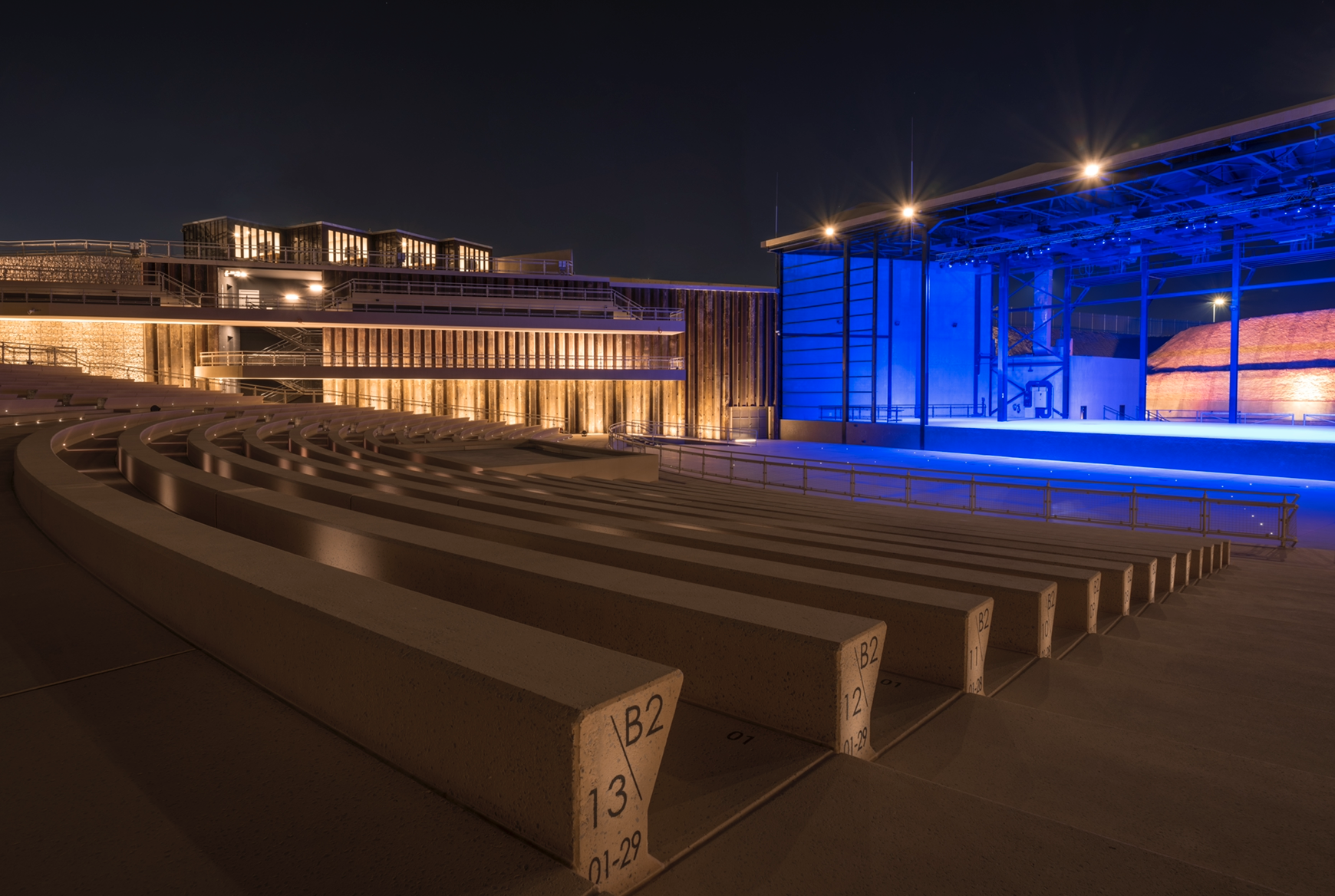
 Martian Habitat
Martian Habitat 


